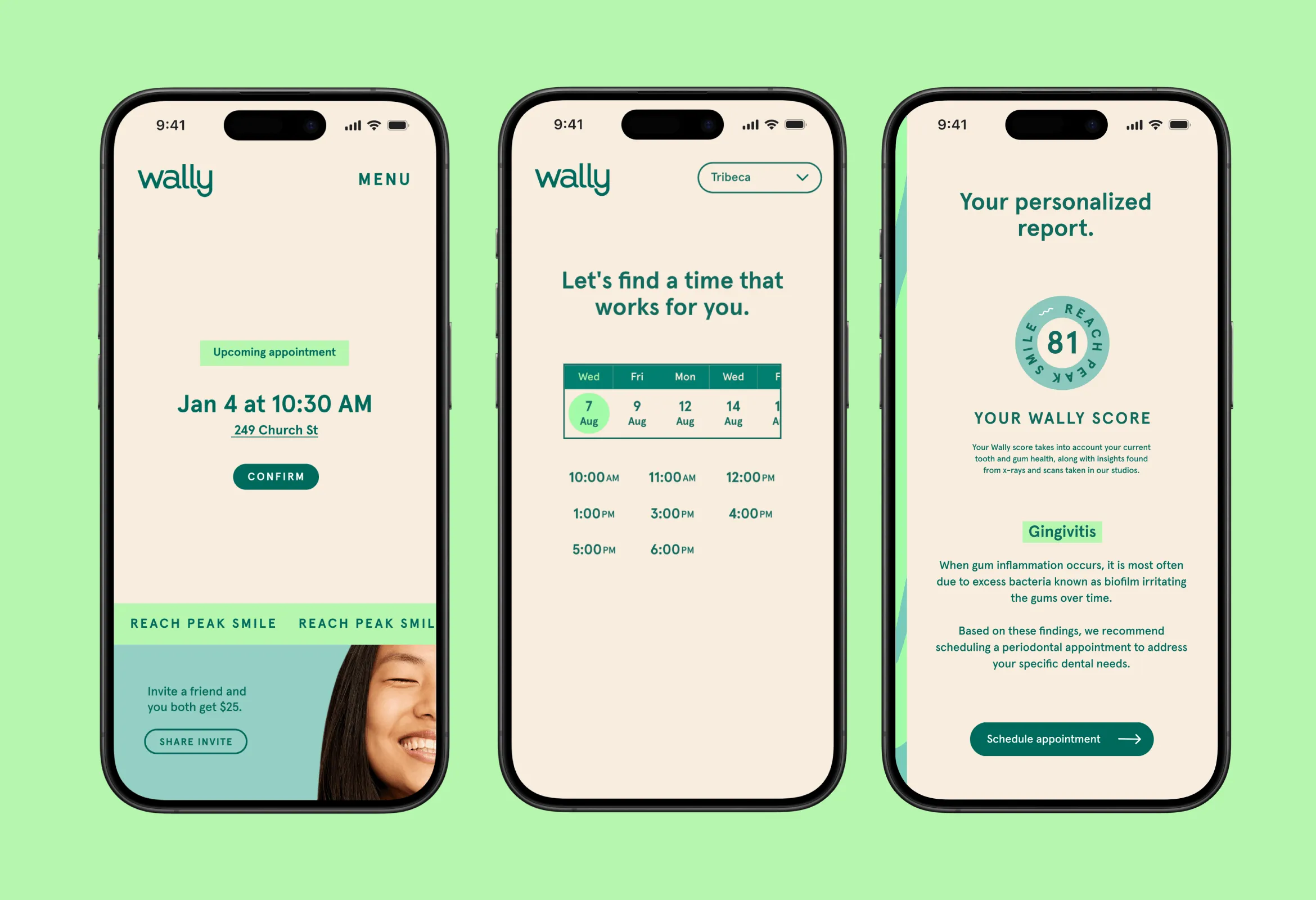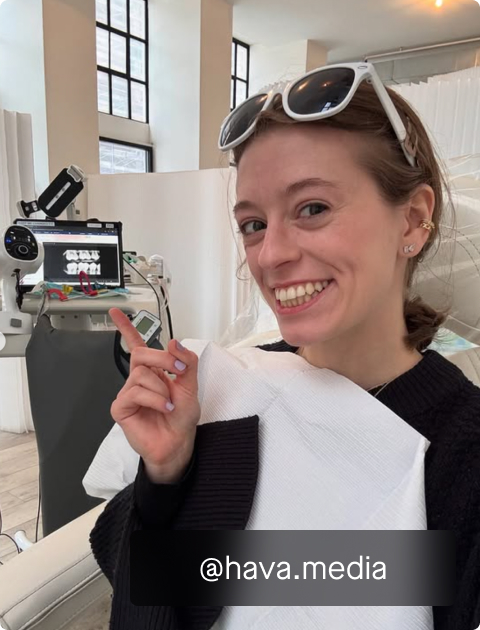Internal teeth bleaching for internally discolored teeth

If you aren't in love with the shade of your teeth, you're in good company. There are tons of options for changing the outside (extrinsic) color of your teeth from at-home whitenings to in-office sessions. But if the source of the discoloration comes from inside your teeth (intrinsic) then teeth bleaching might be an option for you.
What makes teeth discolor?
There are two major factors for why your teeth may not look as white or bright as you want.
- Extrinsic - something from outside comes into contact with your teeth to change how your enamel looks
- Intrinsic - something inside your teeth or body is changing the color of your teeth
Let's start with the extrinsic discoloration. Particles from everything you ingest come into contact with your teeth, and these particles will stain your teeth causing them to change color. This includes:
- Food or drinks that stain the teeth. Coffee and wine are well known stain causing drinks, as are apples and potatoes!
- Tobacco leaves a bunch of icky sticky stains on your teeth, and quickly. Whether you smoke it or chew it, tobacco stains your teeth.
- And simply not removing food particles and bacteria daily (aka poor dental hygiene) can lead to teeth staining. The longer those stain-inducing particles stay on your teeth, the more they will, well, stain your teeth.
But discoloration can also come from within. Intrinsically discolored teeth are discolored under the enamel. Enamel is strong but it's also somewhat opaque which means it can appear discolored if the inside is discolored. There are several reasons:
- Trauma to the tooth (like getting a line drive in the mouth)
- "Loss of vitality" where the pulp of your tooth dies off
- Aging changes the structure of your tooth because your enamel gets worn away while the dentin (the yellow inside of your tooth) grows with age.
- Some medications and diseases, especially in childhood, can interfere with enamel development leading to tooth discoloration
If your teeth have external teeth staining, you can address the color with whitening solutions that are applied to the surface of your tooth. And you can minimize future surface-level staining if you up your at-home hygiene game and keep your teeth super clean.
But what happens if the discoloration comes from within your teeth? If your teeth are intrinsically discolored then whitening that is applied to the surface of the tooth just won't work. There are a few options your dentist might recommend to help address intrinsic staining:
- Porcelain veneers. Veneers are like little helmets for your teeth. They are bonded to the front-side of your teeth.
- Dental bonding. This tooth-colored compound is used to cover up imperfection in the teeth. It is quick, but it doesn't last forever and requires reapplication.
- Dental crown. Crowns are great if your tooth needs additional support. For those of us who have had a root canal, a crown is often the last step to keep the tooth healthy and looking natural.
- Internal bleaching. Changing the color of the tooth from the inside-out.
Let's dive more into what goes into internal bleaching and if it's right for you.
How does internal teeth bleaching work?
Before we get started, a ⚠️ warning ⚠️ to you, dear reader. Teeth bleaching is invasive and if you get grossed out easily, you might want to have someone else read and summarize this paragraph for you. Okay, ready?
The first step is to clean the outside of your teeth - discolored and non-discolored. Having a clear view of the front of your teeth allows your clinical team to (a) record the starting shade, and (b) match the tooth to the rest of your teeth.
To bleach a tooth internally, yep, you guessed it, your dentist has to get to the inside of your tooth. This requires drilling a small hole into the tooth so your dentist can reach your tooth's dentin with the bleaching agent. Because dentin is porous, anything that reaches it will soon make its way throughout the tooth.
Now it's time for the bleaching. Your dentist will mix a bleaching agent into a thick paste and immediately put it in the tooth as well as on the outside surface of the tooth. You'll wait 10-15 min for the bleaching agent to take effect and then your dentist will remove the residual bleach and cleans the tooth. Then it's time to repeat. That's right, internal bleaching can take several bleaching agent applications before your dentist gets the color right.
Once your dentist matches the shade of your tooth with the target shade, they'll fill up the opening in your tooth and fill it.
While the internal bleaching session can be a multi-hour appointment, it should last you 5-7 years if you practice good hygiene at home and see your dentist regularly.
The gross part is over. You can summarize what you just read to your squirmy friend.
How do I know if internal teeth bleaching is right for me?
Internal teeth bleaching can only be used in teeth that have "lost vitality." The most common type of teeth that are candidates for teeth bleaching are teeth that have had root canal surgery.
"If you're thinking about internal teeth bleaching for a tooth, it's a good idea to tell your dental team if you plan to whiten the rest of your teeth," shares Wally hygienist, Iman Zayed, RDH. "If you can, I recommend waiting to do internal bleaching until you finish whitening the other teeth - that way your dental team can match the shade of your other teeth, giving you a consistent-looking smile."
Check out "Teeth bleaching and other ways to whiten your teeth" for everything you need to whiten your teeth safely and effectively.









